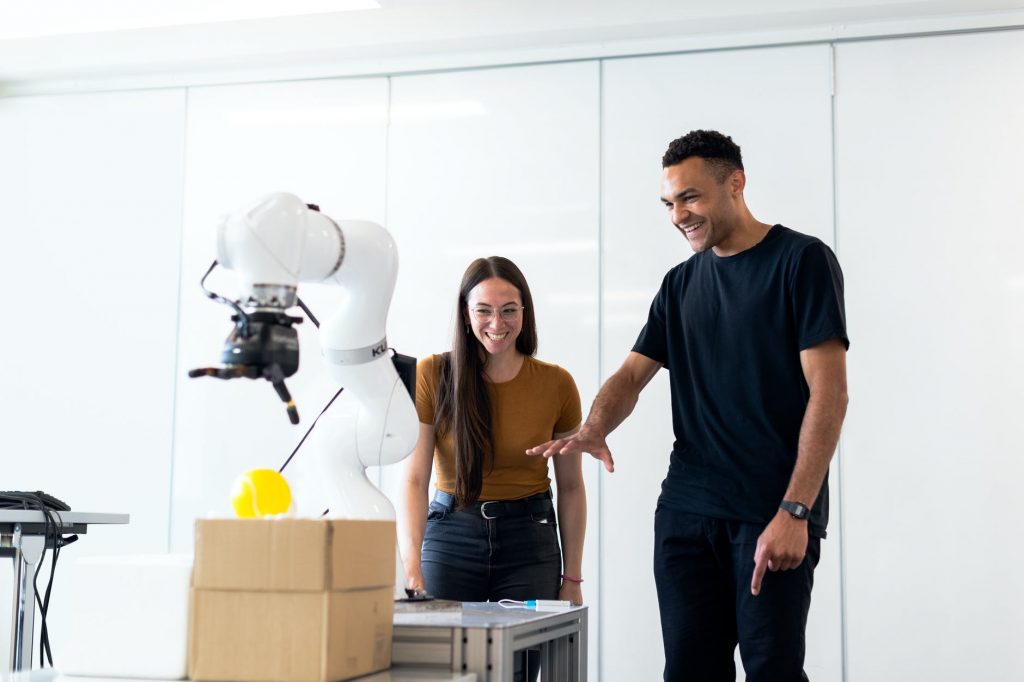
Aseptic filling is the last step in the process of manufacturing and packaging biotherapeutic and parenteral small molecule drugs. It requires extreme precision and repeatability, making it one of the most difficult tasks facing human pharmacists. Thankfully, the robotics industry has stepped up to provide a practical solution.
Remove Contamination Risks
Purchasing a robotic Vial Filling Machine removes all risks of contamination from the aseptic filling process by removing the human element. The machine can simply be programmed to operate under the pharmacy’s unique filling parameters, then perform all the required work in a sterile environment.
Removing the risk of contamination from the filling process also reduces production losses and waste. With a traditional machine, a vial that has not been correctly stoppered will have to be rejected and its contents discarded. Robotic machines can simply repeat the stoppering cycle using the same contents safely without any waste.
Increased Versatility
Robotic processing offers a level of versatility not found with traditional vial filling equipment run by humans. They can fill vials of all shapes and sizes, syringes, and cartridges, and all the operators need to do is change a single parameter depending on the output requirements. This allows pharmacies to fill orders more efficiently and offer a wider array of products.
Reduce Downtime
Robots are incredibly efficient. They don’t need to take breaks or slow down the process in order to compensate for wear, as machine operators do. It’s also easier to reset parameters on robotic vial filling machines than it is using traditional models, which means pharmacists can switch between jobs easily without as much downtime.
Increase Worker Efficiency
Pharmacy workers who don’t have to worry about repeating decontamination procedures each time they enter the fill area will be able to work more efficiently. There are still some issues to be worked out regarding human monitoring and intervention to reach the full potential of robotics, and today’s machines do require occasional hands-on management. However, workers will spend far less time with hands-on management than they do with traditional filling practices, which will give them more time to focus on other important aspects of their jobs.
Improve Worker Satisfaction
Few pharmacists enjoy performing precise, repetitive, high-risk tasks like vial filling by hand, even when aseptic conditions aren’t taken into account. Investing in a robotic filling machine will improve employee’s satisfaction rates since they won’t have to worry about this difficult and time-consuming task and can focus more on interacting with customers. That’s great news for both workers and consumers since happy pharmacists are willing to go further out of their way to help the pharmacy’s loyal customers get the care they need.
Save Money
The combination of reduced downtime, reduced product losses, and increased efficiency adds up to money saved for the pharmacy. This helps to make up for the initial cost of purchasing a robotic filling machine. Over time, the impact on the pharmacy’s bottom line may allow it to pass some of those savings on to customers, helping to attract more business and grow the operation.
The Future Is Here
It may not feel like it, but the field of pharmaceutical robotics is still in its infancy. As more pharmacies across the country begin to adopt this advanced technology, it will revolutionize the way Americans think about offering and receiving patient care. Expect the future of pharmaceutical robotics to be bright and technological advancements in the field to progress quickly.